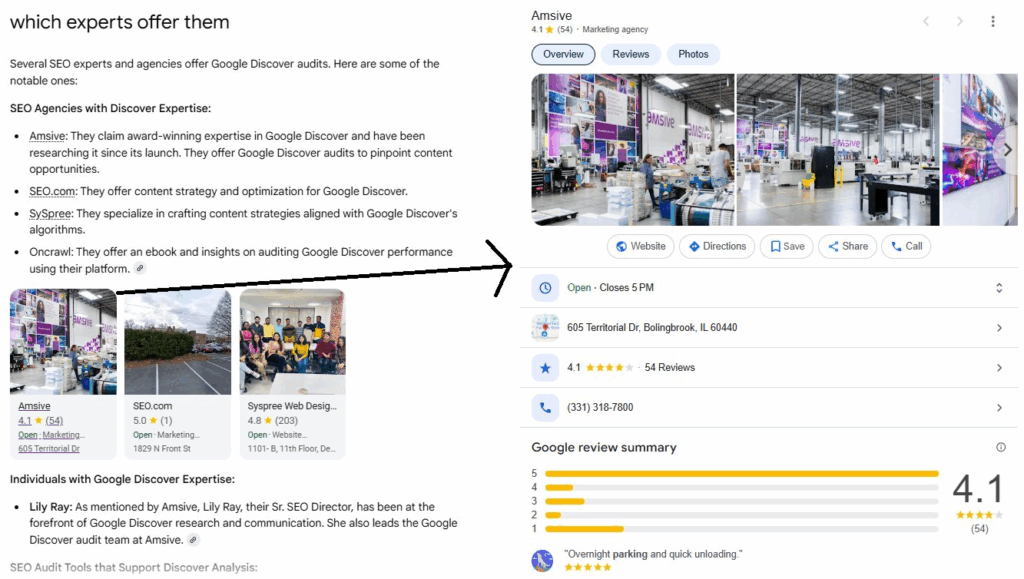Google’s AI Mode in Search aims to provide comprehensive, conversational answers by leveraging information from Google’s Knowledge Graph, Shopping Graph, Google Maps, and Google Business Profiles.

Google’s AI Mode in Search aims to provide comprehensive, conversational answers by leveraging information from Google’s Knowledge Graph, Shopping Graph, Google Maps, and Google Business Profiles.
Google’s AI Mode in Search aims to provide comprehensive, conversational answers by leveraging information from Google’s Knowledge Graph, Shopping Graph, Google Maps, and Google Business Profiles.

Today, Search Generative Experience (SGE) and Multitask Unified Model (MUM) are rewriting how search works entirely. These models don’t just match keywords—they predict user intent, evaluate content quality, and, frankly, decide whether your site deserves traffic at all.
It’s hard to believe, but it seems like the traditional method of searching for info on Google, MSN Bing, and Yahoo by clicking on website links from search results is nearly done… and we’re specifically talking about Google search.
A thought-provoking piece from Barron’s in mid-June 2025 delved deeply into how users’ growing familiarity with artificial intelligence has shaken up online search.
SimilarWeb published a blog article emphasizing how, “.. AI is no longer a distant trend. It’s already transforming how people discover information online. Popular GenAI tools like ChatGPT, Perplexity, and Claude are quickly becoming go-to sources for answers, reshaping the way users (search for and) engage with content and make decisions.”
According to SimilarWeb, referrals from AI search engines are compensating for about 10% of the losses in traditional search, and this trend in growing.
Various industries are experiencing drops in organic search traffic. For instance, US search traffic to Schwab dropped by 14% in May 2025 – marking the first decline in at least two years and a stark contrast to the 179% increase it experienced during the same time in 2024.
“…a massive change in web users’ behavior, noting how roughly two-thirds of all searches now end without a click.
AI is just giving us the answer, without us having to go dig through multiple websites to find it. So, in theory it’s a much better user experience for all of us,“ Samantha Russell said in an email. “But should RIAs abandon SEO? No, but they must evolve it.” – Samantha Russell, chief evangelist at FMG Suite.